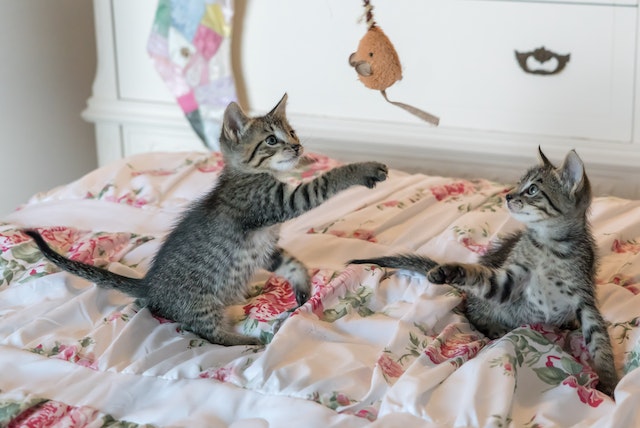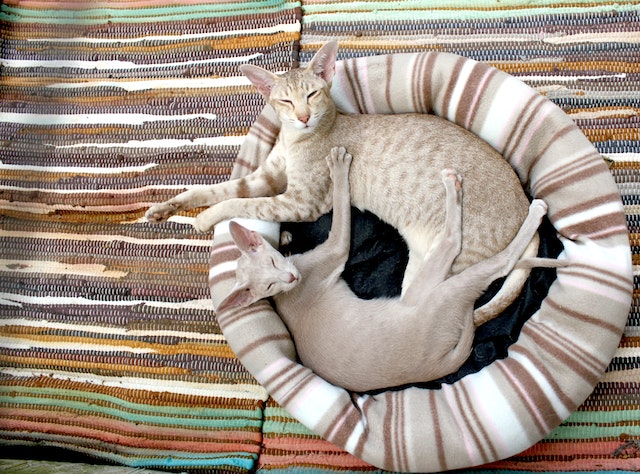
Researchers write in Scientific Reports that some behaviors in domestic cats might be revealing signals of whether a contact is friendly, hostile, or somewhere in between.
It's a common question from cat owners, says Mikel Delgado of Feline Minds, a cat behavior consulting firm in Sacramento, Calif., who was not associated with the research. So a lot of experts are delighted to discover that scholars are tackling this issue.
It can be difficult to tell whether two cats are playing or fighting, according to veterinarian and cat behavior researcher Noema Gajdo-Kmecová of the University of Veterinary Medicine and Pharmacy in Koice, Slovakia (SN: 9/23/19). Researchers have examined cats' social relationships with both humans and other cats.













